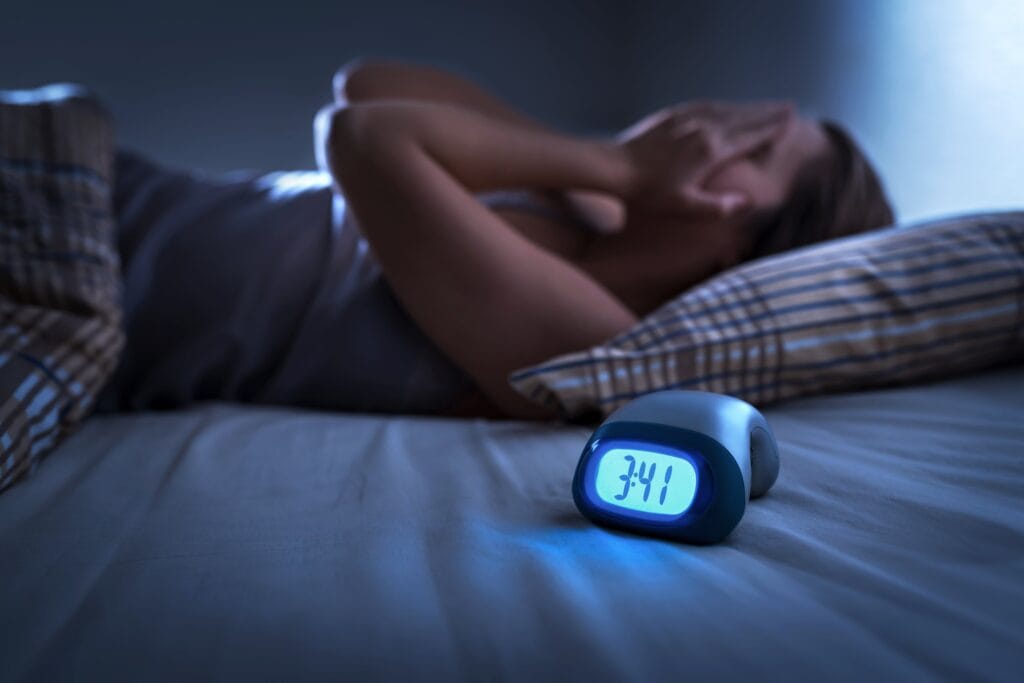
Summertime Sadness: Dealing with SAD in Summer
Many people say that they’re happier in the summer, but what about the individuals who aren’t feeling that “summertime bliss”?
When people hear the phrase seasonal depression, they usually use it in reference to the colder seasons, such as fall and winter. Yet, what they fail to realize is that seasonal affective disorder (SAD) can occur in the warmer months as well.
In this blog, we will discuss SAD in summer and offer tips on how someone struggling with seasonal depression can get the help they need.
SAD vs. Clinical Depression
Many people are familiar with depression as a type of mental health disorder. However, it’s often overlooked that depression itself can vary in severity. Some individuals may suffer from mild, temporary episodes of sadness, while others deal with severe persistent feelings of hopelessness.
Clinical depression, also known as major depressive disorder, is the most severe type of depression. The key difference between this type and other mild types, like situational, is that clinical depression isn’t caused by a specific event, occurrence, or circumstance such as the death of a loved one, or a medical condition.
It’s important to remember this when learning about SAD because while it’s a type of depression, it isn’t considered clinical depression. SAD stands for seasonal affective disorder, a type of depression and/or anxiety that causes significant changes in mood and behavior whenever the seasons change.
Can You Have Seasonal Depression in Summer?
The more commonly known, winter pattern SAD, or winter depression, occurs in the late fall and continues until the beginning of spring. One of the reasons for this is because of the shorter days with less exposure to daylight and more exposure to cool temperatures.
However, what people may not know is that individuals can also experience SAD in summer. While summer-spring pattern SAD is less common, studies have shown that up to 30% of people begin to feel seasonal depression symptoms in the early spring throughout the summer months.
Symptoms of Seasonal Affective Disorder
Before figuring out how to cope with SAD, it’s essential to determine which type you may have. The obvious distinction is which time of year you may begin to feel down or depressed, but there are also symptomatic differences as well.
As we mentioned previously, seasonal affective disorder is a type of depression, so while it’s not the same diagnosis as clinical depression, many of the symptoms are similar. Someone suffering from SAD will likely experience a range of major depression symptoms.
However, there are also some key symptoms that can be connected to either winter-pattern or summer-pattern SAD. Below, we’ve broken down common symptoms of depression as well as those specific to SAD in summer and winter.
Major Depression
- Feeling depressed most of the day, almost every day.
- Losing interest in activities that once were enjoyable.
- Sleep problems (hypersomnia or insomnia).
- Feeling sluggish or agitated.
- Having low energy.
- Feeling hopeless or worthless.
- Having difficulty concentrating.
- Having frequent thoughts of death or suicide.
Winter-Pattern SAD
- Oversleeping (hypersomnia).
- Overeating (especially craving carbohydrates).
- Weight gain.
- Social withdrawal (“hibernating”).
Summer-Pattern SAD
- Trouble sleeping (insomnia).
- Poor appetite/excessive weight loss.
- Restlessness/agitation.
- Feeling anxious or experiencing symptoms of anxiety.
- Episodes of violent behavior.

Note: If you or someone you know is experiencing thoughts of self-harm, call 610-480-8919, or visit our website for immediate help.
4 Causes of SAD in Summer
There is no cut-and-dry reason which explains why people experience symptoms of depression and anxiety when seasons change. Still, mental health professionals have determined a few factors that may influence these feelings. Below, we’ve listed 4 common causes of seasonal depression in summer.
1. Disruption in Routines
Whether it’s because of vacations or school breaks, summer is often a time when people’s daily schedules and routines tend to change. These disruptions may also cause their sleeping patterns and eating habits to change as well.
2. Body Image Issues
As it gets warmer, there are certain outdoor activities, like the pool or the beach, where people aren’t wearing as much clothing.
This causes many people to dwell on their insecurities, making them self-conscious and anxious. In the end, embarrassment keeps them from socializing altogether resulting in feelings of loneliness and isolation.
3. Financial Worries
Summer is a great time to go on trips and spend time participating in outdoor activities you wouldn’t be able to do in the cold. However, these things can also make your spending increase.
It’s hard to enjoy summer fun when you’re missing out on events because you’re feeling financially strapped. This can become even more of an issue if it keeps you from socializing and spending time with friends and family because it may leave you feeling sad and alone.
4. Changes in the Weather and/or Temperature.
Some people thrive in the heat and humidity, but for those who can’t stand the long, hot days, summer can seem oppressive and never-ending.
Not only will this leave people feeling miserable, but it could result in them isolating themselves by staying inside in the air conditioning. Furthermore, they may develop unhealthy habits like eating takeout when it’s too hot to cook and binge-watching tv or scrolling on social media instead of spending time outdoors.
How to Combat Seasonal Depression in Summer
Similar to other mental health disorders, SAD requires a diagnosis. According to the NIMH, a doctor or mental health professional may diagnose and treat an individual with summer-pattern SAD if they are experiencing the following:
- Symptoms of major depression.
- Have depressive episodes during the summer months for at least two years in a row.
- Have depressive episodes more frequently during the summer than at any other time of the year.
The best way to learn how to combat seasonal depression in the summer is to talk to a mental health professional. There are many types of treatments for SAD including:
- Light therapy
- Psychotherapy
- Antidepressant medications
- Vitamin D
Whether it’s participating in a mental health residential program or going to therapy, a mental health professional can give you the proper guidance for what treatment(s) is right for your needs.
After getting help from a mental health professional, there are also seasonal affective disorder self-care practices that you can do yourself to help your overall mood and well-being.
- Identify Your Summer Triggers. Whether it’s the heat, body-image issues, or financial stress, knowing what triggers your summertime depression is important. Once you’re able to identify your triggers, it’s easier to make a plan to prevent and combat depressive episodes.
- Make Sleep a Priority. Getting the proper amount of sleep is crucial to establishing better mental health and well-being. Summer can get chaotic with vacations and activities, but it’s imperative you get enough sleep every night so you are energized and can function each day.
- Establish a Routine. As hard as it may be to develop a routine in the summer, doing so can make a huge difference in your daily life. Having a routine, and sticking to it, helps create balance in your life. This can help reduce anxiety and stress on a day-to-day basis.
- Make Space for Your Emotions. The most important thing to remember is that whether you’re feeling anxious and overwhelmed or sad and lonely, allowing yourself to notice your emotions play a key role in understanding them. Give yourself the time and space you need when you feel seasonal depression creeping in, and talk to someone about getting help.


